
Subsea7 Answers Chevron’s Call for Work at Gas Field off Australia
the GS 3 project.Gorgon Stage 3 forms part of Chevron’s ongoing investment in the Gorgon LNG project, one of Australia’s largest natural gas developments, aimed at maintaining production from offshore fields feeding the onshore liquefaction facility.Located off the northwest coast of Western Australia, Gorgon is a cornerstone asset in Chevron’s global LNG portfolio, supplying gas to markets worldwide.“This project marks an important milestone and reinforces our long-term strategic engagement with Chevron.“Building on our local and international capability and experience
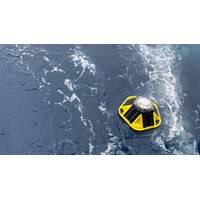
Australia Opens a Wave Data Portal
systems.For most of Australia, coastal floods that currently occur occasionally are predicted to become chronic later this century. Extreme sea levels that had a probability of occurring once in a hundred years are projected to become an annual event.Oceanographers from The University of Western Australia (UWA) are supporting science-based management of coastal resources by expanding the use of ocean buoys for recording wave data and making it freely-available. Most recently, they have advanced wave forecasting capabilities by deploying a fleet of 10 drifting wave buoys in the Southern Ocean
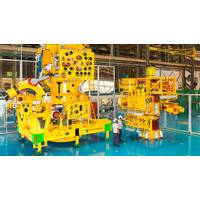
TechnipFMC to Supply Subsea Systems for Chevron’s Gas Project off Australia
offshore fields supplying the onshore liquefaction facility.TechnipFMC classifies a ‘significant’ contract as having a value between $75 million and $250 million. The company did not disclose the exact financial terms of the award.The Gorgon project is located off the northwest coast of Western Australia and is a cornerstone of Chevron’s global LNG portfolio, supplying gas to international markets.“Gorgon Stage 3 incorporates our Subsea 2.0 configure-to-order platform and our unique advanced flexible pipe technology. At TechnipFMC, we focus on commercializing innovative solutions
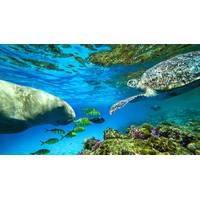
Temperature Extremes and Fishing Gear Threaten Large Marine Animals
An international team of marine scientists has identified and assessed major threats to marine megafauna.Lead authors PhD student Michelle VanCompernolle and Associate Professor Ana Sequeira, from University of Western Australia’s Oceans Institute and School of Biological Sciences, worked with more than 300 contributors from 51 countries on the paper published in Conservation Biology.The study assessed the vulnerability of 256 marine megafauna species including whales, sharks, bony fish, turtles, seabirds, polar bears, seals and sirenians (dugongs and manatees), to 23 threats that originate from
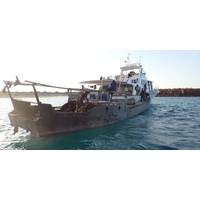
Six Illegal Foreign Fishers in Australian Waters Plead Guilty
fishing in Australian waters in three separate cases at Darwin Local Court on Tuesday, October 28, 2025.The first matter arose from an incident on September 27, 2025, where Australian authorities identified, intercepted and apprehended an Indonesian vessel fishing illegally near Cassini Island, Western Australia. ABF seized 500 kg of sea cucumber, 90 kg of salt used to process and preserve catch and a quantity of fishing equipment. The crew were detained and transported to Darwin for further investigation by AFMA. The vessel was seized and destroyed in accordance with Australian law. The
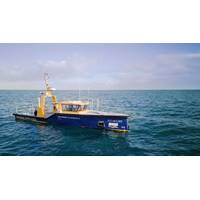
Down Under
hydrographic survey can improve accuracy and dramatically reduce fuel consumption, and Baker is seeing much wider acceptance and adoption of autonomous systems in Australia’s maritime domain. In May, a USV developed by EGS Australia successfully completed its first major deployment offshore Western Australia, powered by Greenroom Robotics’ GAMA autonomy system. Deployed 100 kilometers east of Esperance for a 42-day mission, the USV Fremantle 01 was tasked with conducting extended hydrographic survey operations in remote offshore waters. The vessel operated through rough conditions, including
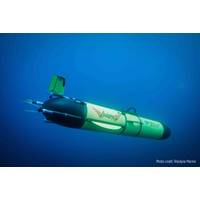
Underwater Autonomous Glider Departs to Circumnavigate the Globe
.Redwing’s first leg will see it ride the Gulf Stream south of Martha’s Vineyard toward Europe, before sweeping south to stop at Gran Canaria off the coast of North West Africa. Its next leg will take it to Cape town in South Africa, before crossing the Indian Ocean to stop at Perth in Western Australia, then on to Wellington, New Zealand. It will then navigate the Antarctic Circumpolar Current — the most powerful current on Earth — taking it on its longest leg to the Falkland Islands. From here there will be possible stops in Brazil and the Caribbean before heading back to Cape

Unique Group’s USV Wins UK Ports Innovation Award 2025
and Awards Ceremony on September 3, 2025.The UK Ports Committee nominated Unique Group for the award in recognition of its advancements in subsea robotics and hydrographic surveying. The committee was impressed by the company’s deployment of the Uni-Mini Unmanned Surface Vessel (USV) in Western Australia, the first commercial project globally to utilize the Norbit iWBMS multibeam sonar for shallow-water survey applications, demonstrating capability in complex marine environments.The Uni-Mini has also proven its capabilities closer to home in the UK. Earlier this year, Unique Group successfully
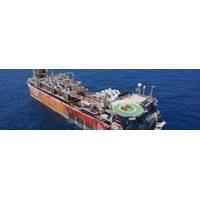
Western Australia Can’t Wait [for a Decommissioning Hub]
changes.Australia doesn’t have the recycling facilities needed for the job, although the government has been taking some action on the issue. It published a decommissioning roadmap in 2024 and has set up an Offshore Decommissioning Directorate.The Australian Marine Complex in Henderson, Western Australia (WA), has previously been flagged as the most promising site for a decommissioning hub, but, says local environmental organizations and unions, along came AUKUS.“In late 2024, the federal government announced that Henderson would be developed as a base for servicing nuclear-powered submarines
 December 2025
December 2025





